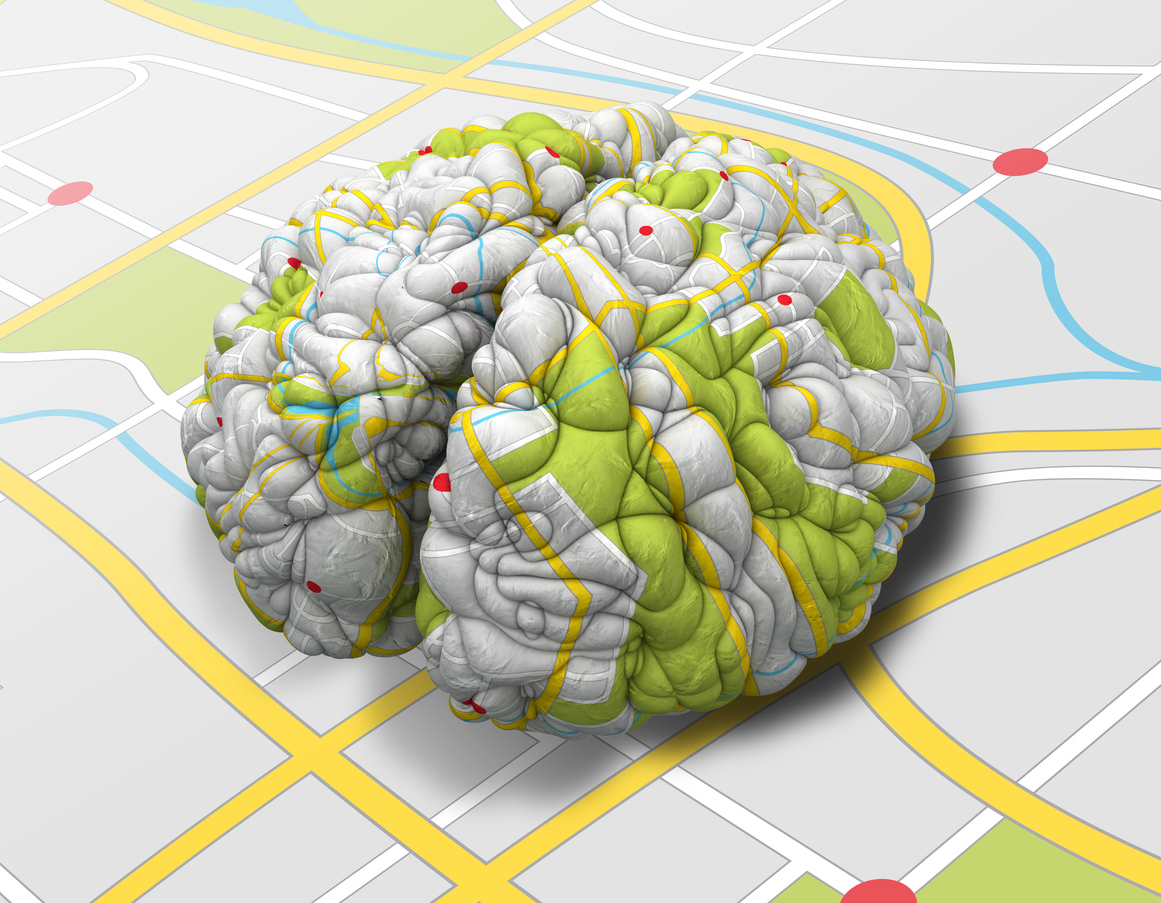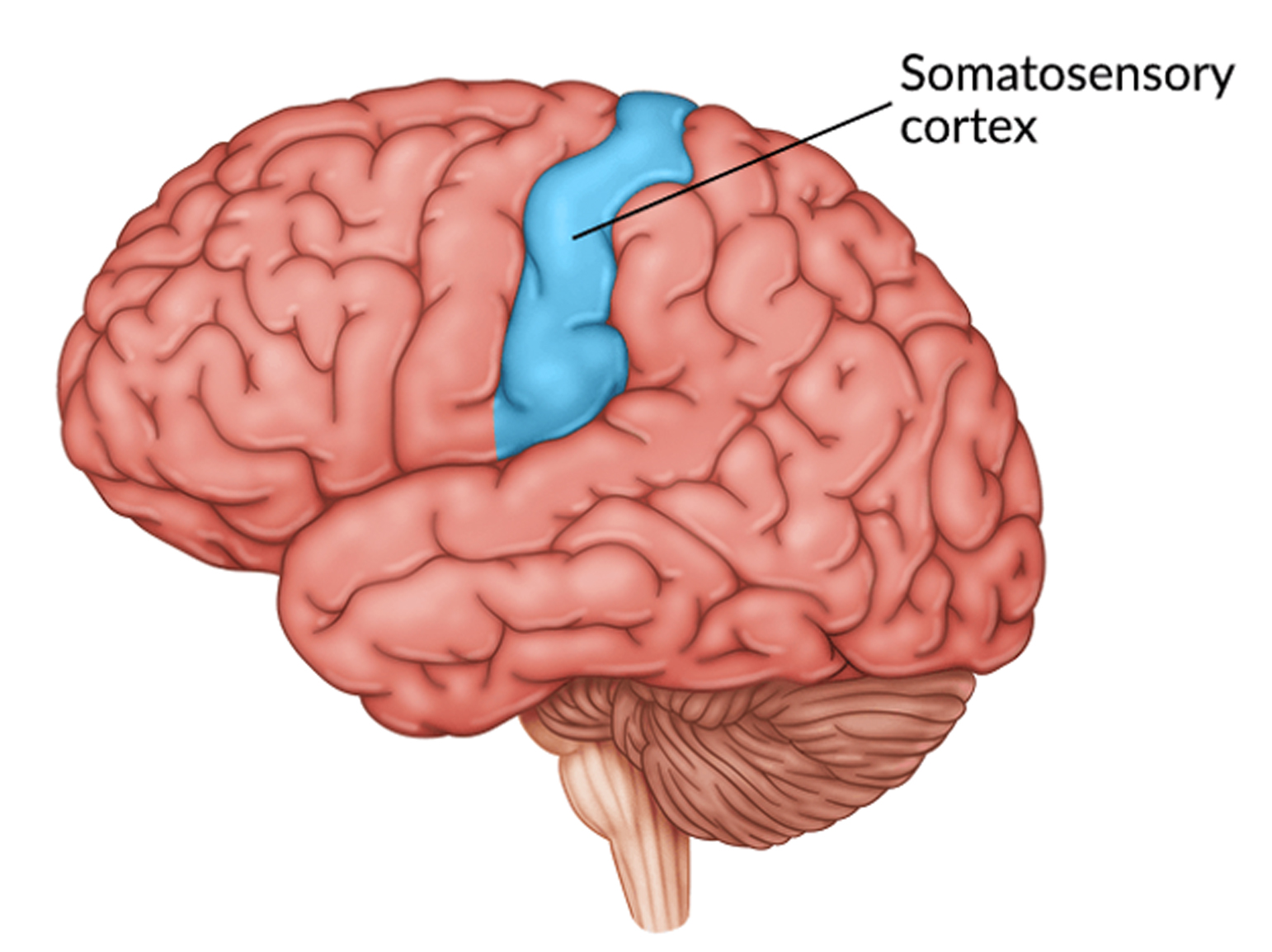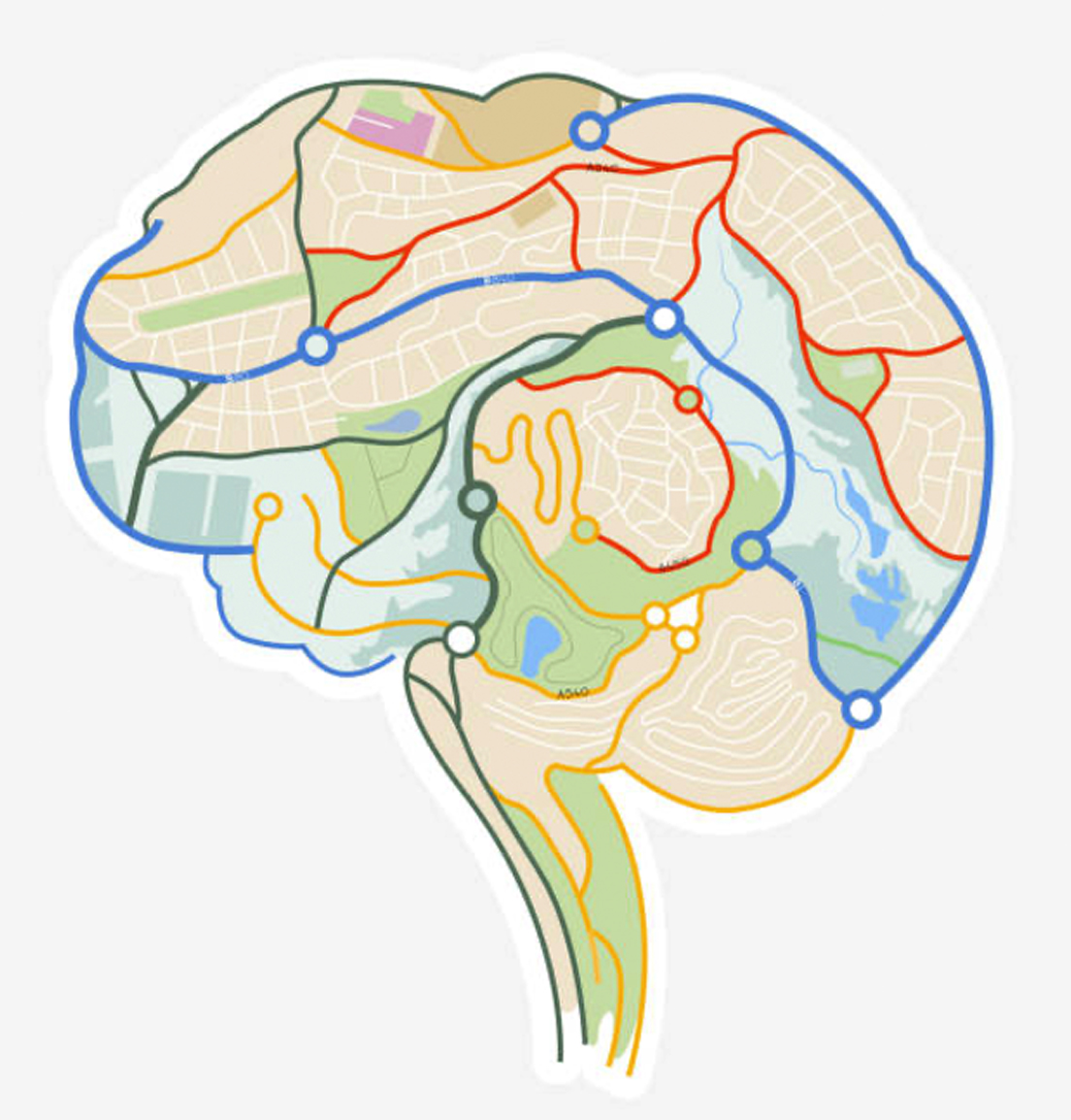
Remapping Exercises: How Changing The Way You Move Can Retrain Your Brain & Reduce Pain
Everything we do is programmed and recorded by the brain in unique patterns involving millions of brain and nerve cells, which function like a map. These maps start to develop from the moment we are born and explain some of the processes involved when we learn how to walk, run, or any new activity that becomes second nature.
When in pain, we often change the way we move or perform a task to reduce discomfort, which can lead to changes in the way our brain maps certain activities. If pain becomes a signpost on one of the brain maps, it can be one of the reasons why pain persists. Remapping exercises are movement practices that create novel experiences for your brain and nervous system, generating a brand-new map, one that is pain free again.
Everything We Do Is Mapped In The Brain
 For every movement and skill, the brain maps out a precise set of instructions and directions on how to execute the activity. These maps are recorded in a part of the brain called the Somatosensory Cortex.
For every movement and skill, the brain maps out a precise set of instructions and directions on how to execute the activity. These maps are recorded in a part of the brain called the Somatosensory Cortex. These brain maps include step by step instructions on how to execute different movements and activities efficiently and easily. With enough practice, these maps allow us to perform complex tasks effortlessly, without having to think about each step that is involved.
Imagine if every time you button up your shirt you had to think about each step; how to hold the button, how to manipulate the buttonhole and how to slide the button through the buttonhole. Your brain map allows you to do this complex task easily, without having to consciously think about it.
Pain Can Become A Part Of Brain Maps
Thinking about the task of buttoning up a shirt, imagine if you had a cut on your thumb and it was painful to button up your shirt. You could choose to:
- Stop wearing shirts with buttons!
- Change the way you button up your shirt so that it doesn’t hurt*
- Keep buttoning your shirt the same way, despite it being painful**
*If you find a non-painful way to button your shirt, your brain will start to form a new map of this different approach. If you continue to button up your shirt this way for a period of time, this new map might become your new normal, even though it may not be the most efficient way of doing this task.
**If you keep buttoning your shirt in a way that continues to be painful, you may develop a new map for buttoning your shirt which now has pain associated with it. This pain ‘signpost’ can become part of your new automatic map, meaning it can continue to hurt when you button your shirt even after your thumb has healed.
This concept of brain maps changing and becoming linked with pain is extremely common for people that experience pain. In fact, in people with persistent low back pain, 90% develop changes in the mapping areas of the brain (Wand et al, 2016).
We Move Differently When In Pain
Pain prompts people to adapt their movements to avoid discomfort. For instance, a sore lower back may prevent someone from bending forward, while a painful ankle might cause a limp.
Over time, people continue to adjust the way they move and how much they move, which can lead to stiffness, tension and weakness. The brain can become stuck in protection mode, leading to it pumping out stress hormones which can make your tissues sensitive and lead to more pain. Movement then continues to be difficult, different and possibly even more painful. This vicious cycle often happens very slowly and can contribute to the transformation of acute pain into chronic discomfort.
We Can Measure Changes in Brain Maps
We can measure the brain’s ability to map painful parts of your body by using a clinical tool called the Fremantle Awareness Questionnaire. This was developed by a group of researchers in Fremantle, WA and gives us a score for how the brain manages sensory and motor (movement) information from your painful body part. This helps to identify whether changes in the brain areas that map sensory and movement information may be contributing to your problem. When identified it is called sensorimotor dysregulation.
More recently, a Fremantle Awareness Questionnaire was developed specifically for pelvic and sexual pain. The measure helps to identify whether changes in the sensation and control of the perineal area may be a component of your pelvic and sexual pain problem.
Remapping: Changing Brain Maps For The Better

The good news is that our brain and entire nervous system is a very adaptable, which means that even though the brain might have formed a movement map that is associated with pain, it is possible to create a new pain free map. Remapping exercises are novel, involve soft, flowing movement and incorporate visual imagery. Some remapping practices address the whole body, whilst some are more specific to an area. Stimulating different regions of your brain makes the movements non-threatening for the nervous system allowing your brain to create new maps. With regular practise, the old maps fused with pain, guarding and tension will weaken, and the new maps which are fused with relaxation, different visual images, movement and sensory experiences, will strengthen.
For remapping exercises to be effective, the correct type of exercise needs to be prescribed at the right time by a trained health care provider. At Women’s & Men’s Health Physiotherapy, all of our physiotherapists have undergone further training in the science and theory behind remapping movement practices. We are fortunate to have access to an extensive library of video resources to share with patients where sensorimotor dysregulation is a part of their pain problem.
Remapping Exercises Actually Work
A group of Australian researchers published the RESOLVE study in 2022, which demonstrated significant pain relief in participants who engaged in remapping exercises compared to sham (fake) procedures or no intervention. This study gained national and international interest as it challenges traditional beliefs about pain treatment including medications, hands on therapy (eg massage), injections and surgery as an effective way to improving pain.
Talk to your Pelvic Health Physiotherapist at WMHP to find out if remapping exercises might be helpful for your pelvic health concerns.
References
Bagg M, Wand BM, Cashin AG, Lee H, Hubscher M, Stanton TR et al. Effect of Graded Sensorimotor Retraining on Pain Intensity in Patients With Chronic Low Back Pain. JAMA. 2022; 328(5):430-439. 10.1001/jama.2022.9930
Wand, B., Catley, M., Rabey, M., O’Sullivan, P., O'Connell, N., & Smith, A. Disrupted Self-Perception in People With Chronic Low Back Pain. Further Evaluation of the Fremantle Back Awareness Questionnaire. The Journal Of Pain. 2016; 17(9): 1001-1012. Doi: 10.1016/j.jpain.2016.06.003




